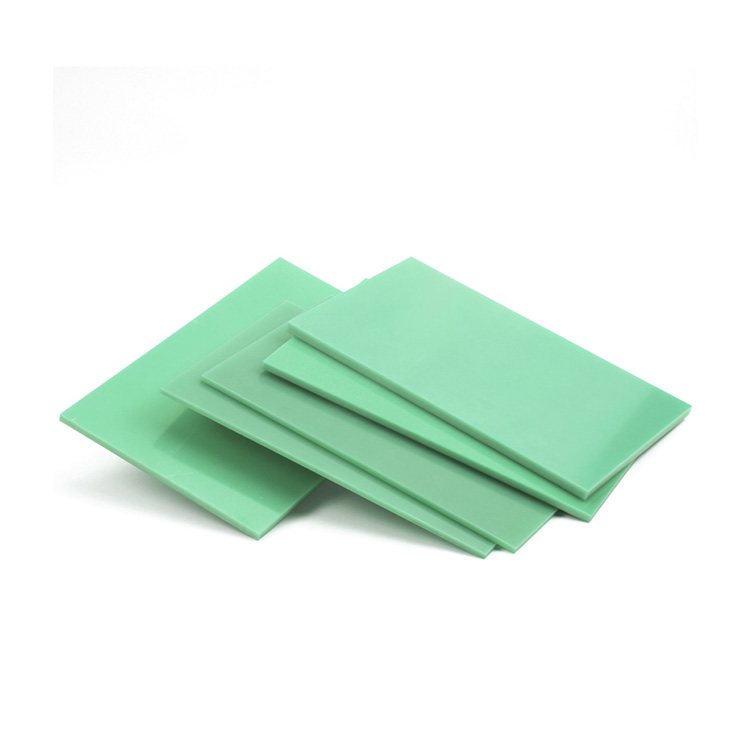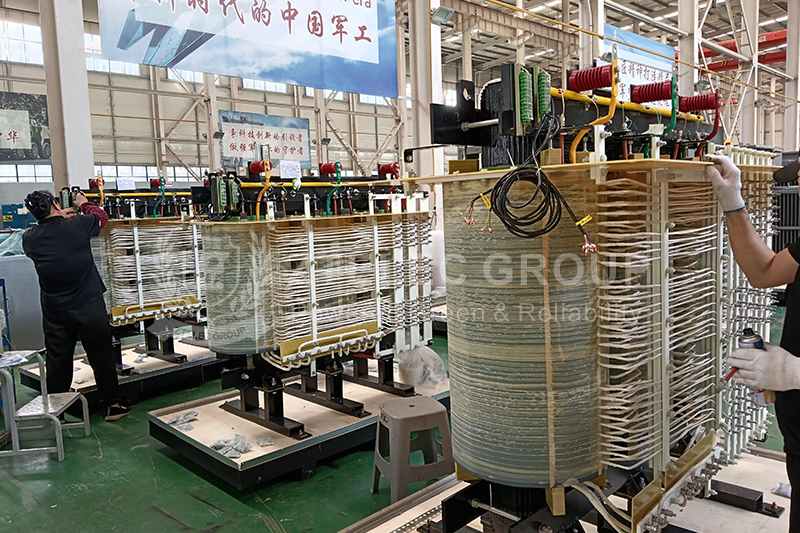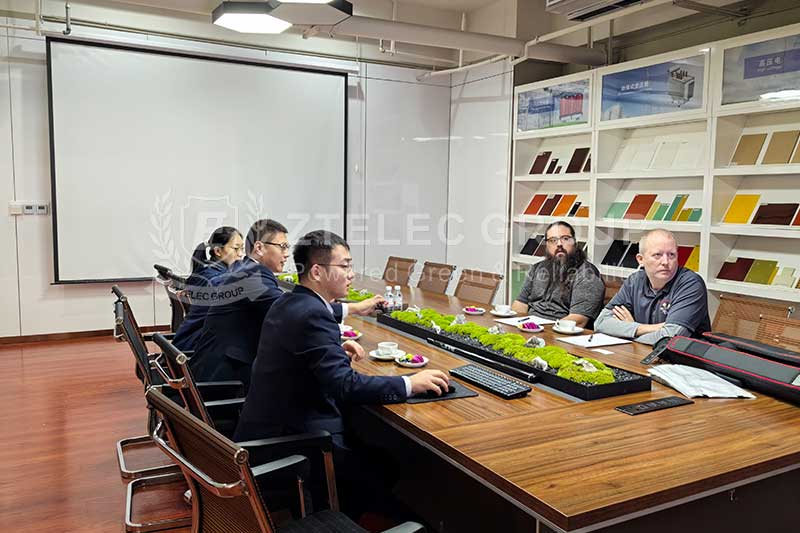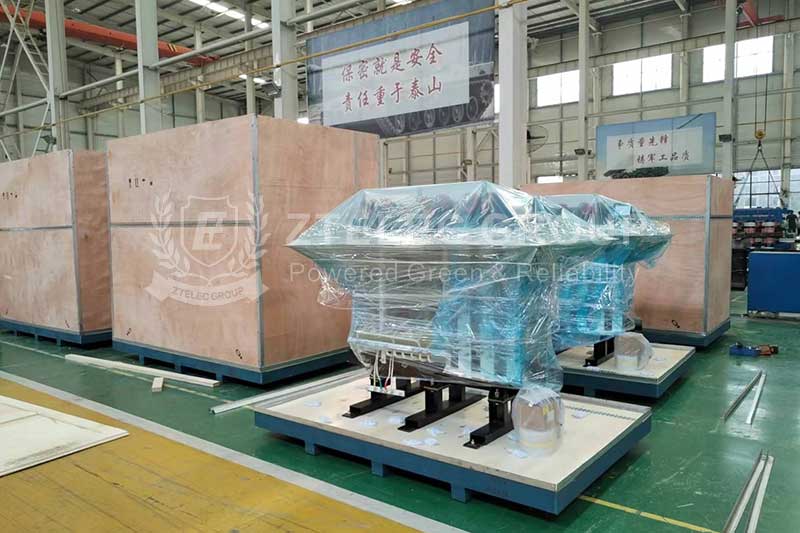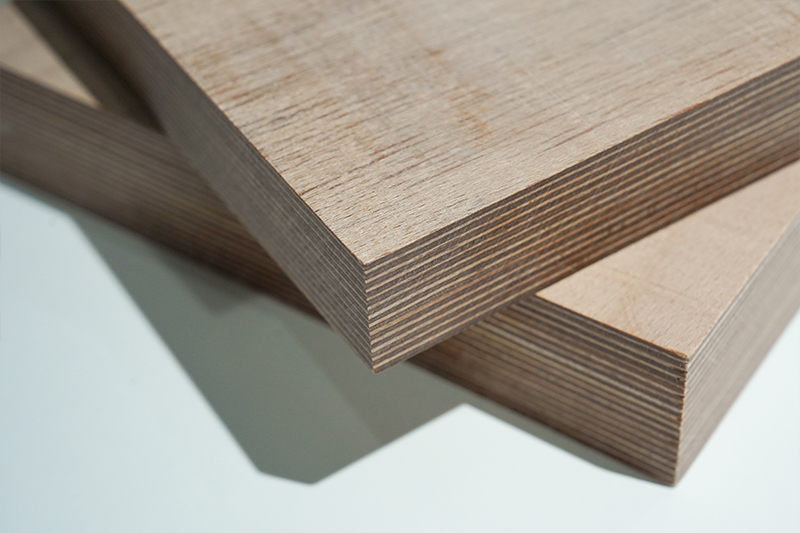what is G10
G-10, also known as garolite, is a high-pressure fiberglass laminate, a type of composite material. It is created by stacking multiple layers of glass cloth, soaked in epoxy resin, and then compressing the resulting material under heat until the epoxy cures. It is manufactured in flat sheets, most often a few millimeters thick.
G-10 is known for its impressive chemical resistance, excellent electrical properties, and high strength. These properties are maintained not only at room temperature but also under humid or moist conditions.
It was first used as a substrate for printed circuit boards, and its designation, G-10, comes from a National Electrical Manufacturers Association standard for this purpose.
G-10 is also used in various applications due to its superior traits. For instance, it’s used to reinforce the edges of fiberglass coated wood, protect the point-of-contact on many such items, and as a 3D-Printer build surface. It’s also commonly used as a material for durable knife and gun handles and grips.
1.what is g10 made of
G10, also known as G-10, is a high-pressure fiberglass laminate. It is a composite material made from layers of woven fiberglass fabric impregnated with an epoxy resin binder. The name "G10" is a designation used in the material industry, and it is often associated with high-strength, durable, and rigid laminates.
2.How is the G10 made?
G10 is a composite material made through a specific manufacturing process involving fiberglass fabric and epoxy resin. Here are the general steps involved in the production of G10:
.
Material Selection:
The primary components of G10 are woven fiberglass fabric and epoxy resin. The type and quality of these materials can vary, affecting the characteristics of the final G10 product.
Layering:
Multiple layers of woven fiberglass fabric are stacked together. The orientation of the fibers in each layer may be varied to achieve specific mechanical properties.
Impregnation:
The stacked layers of fiberglass fabric are impregnated with epoxy resin. This is often done by saturating the fabric with the liquid resin, ensuring that it thoroughly penetrates the fibers.
Curing:
The impregnated layers are subjected to a curing process. This typically involves applying heat and pressure to initiate the chemical reaction between the epoxy resin and the curing agent. The curing process causes the resin to harden and bond the layers together, creating a solid composite material.
Pressing:
The layered assembly is placed in a press to apply pressure. The pressure helps to squeeze out excess resin, improve the bonding between layers, and compact the material for increased density.
Curing and Heat Treatment:
The pressed composite is cured further, often at an elevated temperature. This additional curing ensures that the epoxy resin fully hardens and results in a material with enhanced strength and durability.
Cutting and Shaping:
Once cured, the G10 material can be cut and shaped into the desired form. This may involve cutting sheets or machining components according to specific dimensions.
Finishing:
The finished G10 product may undergo additional processes for surface finishing or polishing, depending on its intended application.
3. what are g10s benefits
G10, a type of high-pressure fiberglass laminate, offers several benefits that make it a popular material for various applications. Here are some of the key benefits of G10:
-
High Mechanical Strength:
-
G10 exhibits excellent mechanical strength, making it a robust material for structural applications. It can withstand significant loads and impacts.
-
Electrical Insulation Properties:
-
One of the primary advantages of G10 is its outstanding electrical insulation properties. It is widely used in electronics and electrical applications, such as insulating materials for circuit boards.
-
Chemical Resistance:
-
G10 is resistant to many chemicals, acids, and bases. This chemical resistance makes it suitable for applications where exposure to corrosive substances is a concern.
-
Dimensional Stability:
-
G10 maintains its shape and dimensions well under varying environmental conditions, including temperature fluctuations. This dimensional stability is crucial in applications where precision and consistency are required.
-
Low Water Absorption:
-
G10 has low water absorption, which means it does not easily absorb moisture. This property is beneficial for maintaining the material's mechanical and electrical properties over time.
-
Thermal Resistance:
-
While the specific thermal resistance can vary based on the formulation, G10 generally exhibits good resistance to heat. It can withstand moderate temperatures without significant degradation.
-
Durable and Long-Lasting:
-
G10 is known for its durability and longevity. It can endure harsh environmental conditions and mechanical stress, contributing to the longevity of components made from G10.
-
Ease of Machining:
-
G10 is relatively easy to machine and shape, allowing for the production of complex components with precision. This characteristic makes it versatile for various manufacturing processes.
-
Versatility in Applications:
-
G10 is used in a wide range of applications across different industries. Its versatility stems from its combination of electrical, mechanical, and chemical properties, making it suitable for diverse uses.
-
Consistent Quality:
-
G10 is manufactured with consistent quality standards, ensuring that the material meets specified performance criteria. This reliability is essential for applications where uniformity and predictability are critical.
-
Fire Resistance (In Certain Grades):
-
Depending on the specific formulation, some grades of G10 can exhibit fire-resistant properties, adding an extra layer of safety in certain applications.
-
Lightweight:
-
G10 is a lightweight material, contributing to its ease of use and handling in various applications.
While G10 is a versatile and widely used material with many advantages, it's important to consider some potential drawbacks associated with its use:
-
Brittleness:
-
G10 can be relatively brittle, especially in thin sections. In applications where impact resistance is crucial, the brittleness of G10 may be a limitation.
-
Limited Thermal Resistance:
-
While G10 has good resistance to moderate temperatures, it may not be suitable for applications requiring extremely high-temperature resistance. The specific grade of G10 and its formulation will determine its thermal limits.
-
Limited UV Resistance:
-
Exposure to prolonged sunlight or ultraviolet (UV) radiation can degrade the appearance and properties of G10. In outdoor applications, G10 may require additional protective coatings to enhance UV resistance.
-
Potential for Fraying during Machining:
-
During machining processes, G10 may produce fine fiberglass dust or fraying edges, which can be irritating to the skin and may require protective measures.
-
Cost:
-
Compared to some other materials, G10 can be relatively more expensive. The cost may vary depending on the specific grade, formulation, and manufacturing processes.
-
Limited Design Flexibility:
-
G10, being a laminate material, may have some limitations in terms of design flexibility, especially for complex shapes and intricate details.
-
Environmental Impact:
-
The production of G10 involves the use of resins and fiberglass, which may have environmental considerations. Recycling options for G10 may be limited, and disposal should be done in accordance with local regulations.
-
Skin Irritation:
-
Fiberglass dust generated during machining or processing of G10 can potentially cause skin irritation. Proper safety measures, including the use of personal protective equipment, may be necessary.
-
Color Variations:
-
G10 is available in various colors, but color variations may occur between batches. This can be a consideration in applications where consistent aesthetics are essential.
-
Not Suitable for Every Application:
-
While G10 is suitable for a wide range of applications, it may not be the best choice for every situation. Different materials may offer better performance in specific conditions or for particular requirements.
is g10 material good?
Yes, G10 material is considered to be highly advantageous for various applications due to its combination of favorable properties.
G10 material, being a widely used industrial laminate, is available from various sources, including manufacturers, distributors, and specialized suppliers. Here are some common places where you can find G10:
-
Industrial Material Suppliers:
-
Many industrial material suppliers and distributors carry G10 sheets, rods, and tubes. These suppliers often cater to a range of industries, including electronics, aerospace, automotive, and marine.
-
Specialized Composite Material Suppliers:
-
Companies specializing in composite materials, laminates, and industrial plastics may offer G10 and similar materials. These suppliers often provide a variety of options in terms of grades, sizes, and thicknesses.
-
Online Material Marketplaces:
-
Online platforms and marketplaces that focus on industrial materials and components may have G10 available for purchase. These platforms often provide a convenient way to browse and order materials online.
-
Local Hardware Stores:
-
Some well-equipped hardware stores or specialty stores may carry G10 sheets or laminates, particularly in regions where there is demand for industrial and composite materials.
-
Specialty Fabricators and Machining Shops:
-
Companies that specialize in fabrication, machining, or custom manufacturing using composite materials may have G10 in stock or can source it for specific projects.
-
Aerospace and Marine Suppliers:
-
Suppliers catering to the aerospace and marine industries often stock G10 due to its favorable properties for these applications. These suppliers may have a selection of G10 products suitable for specific industry requirements.
-
Electronics Component Suppliers:
-
For G10 used in electronics applications, suppliers that focus on electronic components, PCB materials, and insulating materials may carry G10 sheets suitable for circuit board insulation.
-
Trade Shows and Exhibitions:
-
Industry-specific trade shows, exhibitions, and conferences related to composites, materials, or specific applications (such as electronics or aerospace) may provide an opportunity to connect with G10 suppliers.
-
Directly from Manufacturers:
-
Some companies that manufacture G10 and similar materials may sell directly to end-users or businesses. Contacting manufacturers can provide information on product availability, specifications, and pricing.
